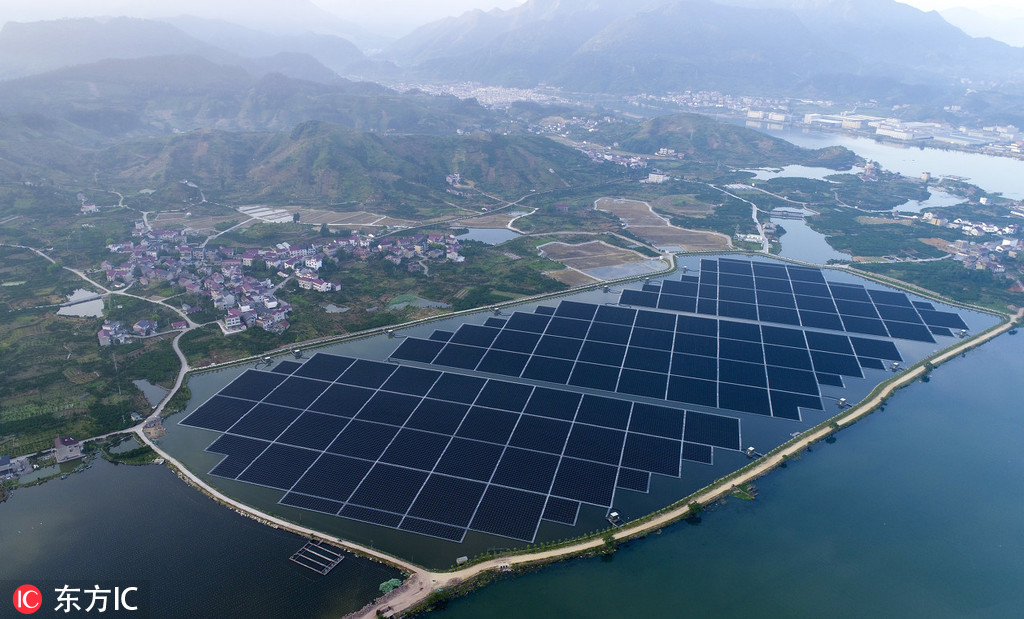China, California could partner on renewable energy


China and California can work together on "smart" technologies to better control renewable energy, according to a researcher.
"The major problem for renewable energy is not power generation, but storing it for times when the sun is not shining and the wind is not blowing," said Tan Jun, a researcher at the Silicon Valley-based Global Energy Interconnection Research Institute (GEIRI) North America.
"What we are doing now is a project to integrate different energy sources and analyze the optimal control to maximize the usage of renewable energy, such as solar energy and wind energy," said Tan. His institute is affiliated with the State Grid Corporation of China, the largest electric utility in China.
Tan and other professionals from the energy industry discussed the opportunities and challenges in renewable energy deployment in China and the US at a conference on Saturday in San Jose, California.
California passed legislation last year requiring 50 percent of the state's electricity to be powered by renewable resources by 2025 and 60 percent by 2030, while calling for a "bold path" toward 100 percent zero-carbon electricity by 2045.
"It's an ambitious, aggressive plan," Tan said. "But I think it's difficult to realize 100 percent. In an electricity system, it's very important to match generation and load to ensure that the electric grid remains stable."
The top challenges to adopt renewable energy include "less dispatchable" and "less forecastable", and the solutions include adding flexibility to the system, incentivizing less evening energy consumption and storing solar power to be used at night, said Tan.
Sometimes the excess electricity generated has to be given up for the stability of the grid, and one way to address this is through gas turbines and pumped hydro-storage technologies, he said.
China is investing heavily in researching renewable energy storage and is building more than 100 such storage power plants, Tan said.
Tan's institute is collaborating with US universities, including Arizona State University, Stanford University and the Massachusetts Institute of Technology, on researching an integrated renewable energy application.
The institute's self-developed, faster-than-real time energy management system has already been put to use at Sichuan Electric Power Corporation in China.
The system increases the existing computing speed by about 20 times, so the saved time can be utilized for predictive analytics, which helps improve the stability and safety of the grid, said Tan.
"In the carbon side, eventually there's going to be regulations driven by data, so we are trying to get better at analyzing data," said Scott Mauvais, director of Microsoft Cities, where he works with cities in the US and other countries, including China, to apply technology to real-world systems.
Cloud computing is the future for cities to try to reduce carbon dioxide, he said,
"Simply taking workload out of the corporate data center and moving it into the cloud will give you about 90 percent less carbon footprint than traditional computing," Mauvais said.

































